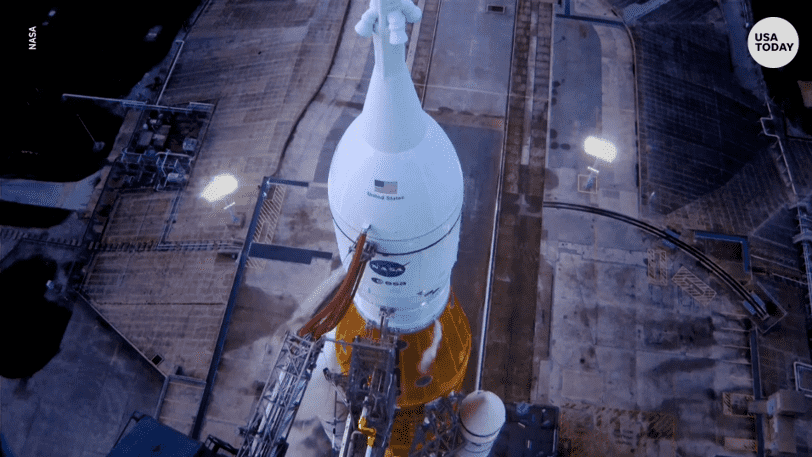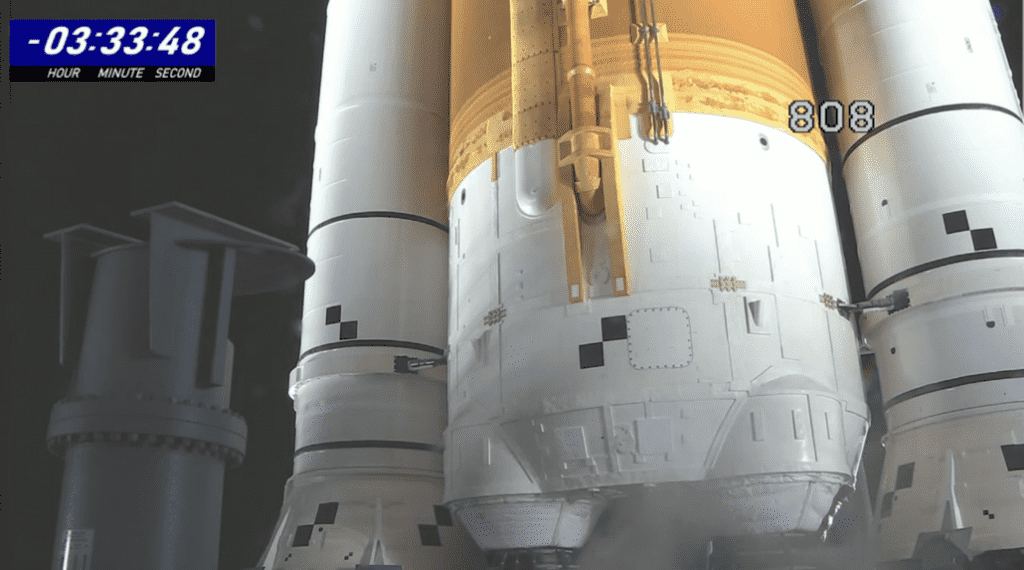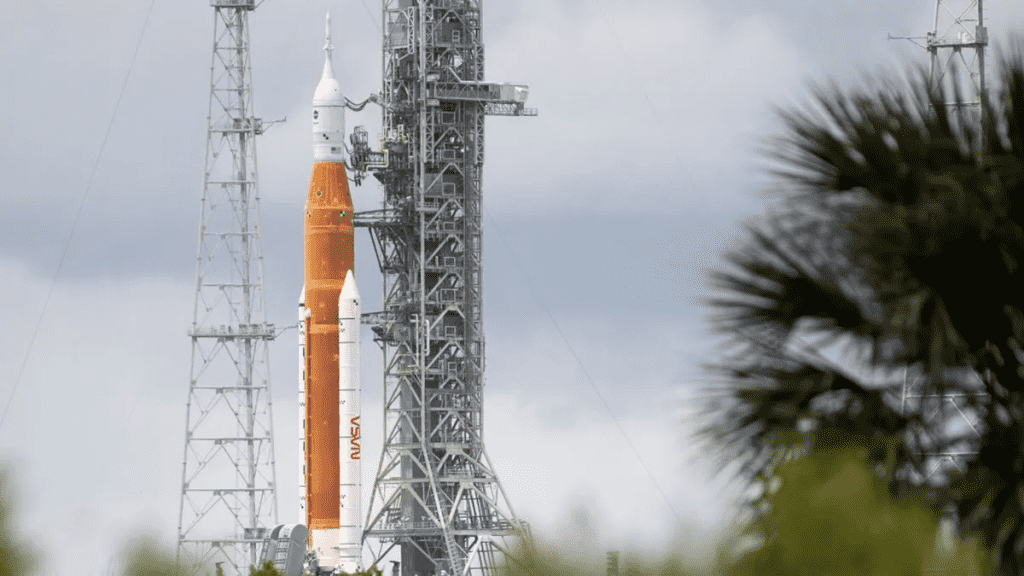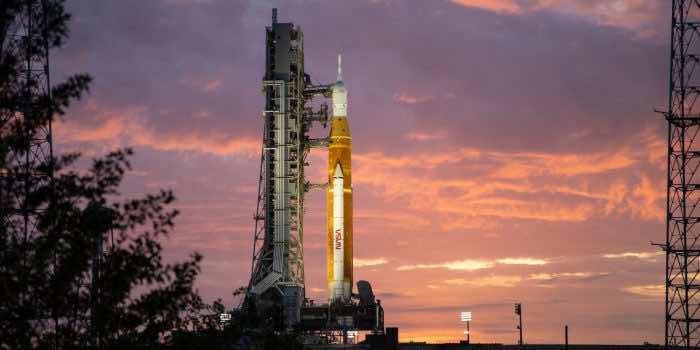After considerable hype, including celebrity appearances and the arrival of Vice President Kamala Harris, NASA said yesterday that the massive moon rocket’s first-ever launch attempt would be cancelled due to technical concerns.
Engineers could not repair a hydrogen bleed line issue with one of the rocket’s four engines. Therefore the flight was aborted at T-40 minutes.
“The engine bleed could not be remedied,” NASA spokesman Derrol Nail said.
NASA has another launch chance on September 2, but Nail says, “we have to wait and see what shakes out” from the data to see if a launch can be attempted on that day.

The ambitious Artemis programme, which intends to send humans to the moon by the middle of the decade, is supposed to be launched with the mission, also known as Artemis-I. However, before carrying passengers on the next flight, Artemis-II, scheduled to fly in 2024, the Orion spacecraft will undergo an uncrewed Artemis I to gather data on its performance.
NASA cancelled the mission at 8:35 a.m. ET, two hours before the two-hour launch window was scheduled to open. The first issue was what seemed to be a crack in the thermal protection material that covered the rocket’s core stage, though it was later discovered that this was a break in the foam, not the material.

“Engineers are now working on a plan to continue gathering data on this particular engine and the bleed that didn’t work out,” Nail said.
“The hydrogen bleed was a goal of the previous wet dress rehearsal that didn’t happen due to a hydrogen leak.”
If hydrogen-related issues sound familiar, it’s because NASA had a hydrogen leak during a wet dress rehearsal in June. Engineers could not continue testing the thermal system since the countdown had to be stopped at T-29 seconds due to this issue.

NASA officials claimed they were still developing a strategy for correcting the hydrogen leak problem and gathering data. However, the next try at the Artemis-I mission should be soon, as NASA has set another launch window for Friday, September 2.


